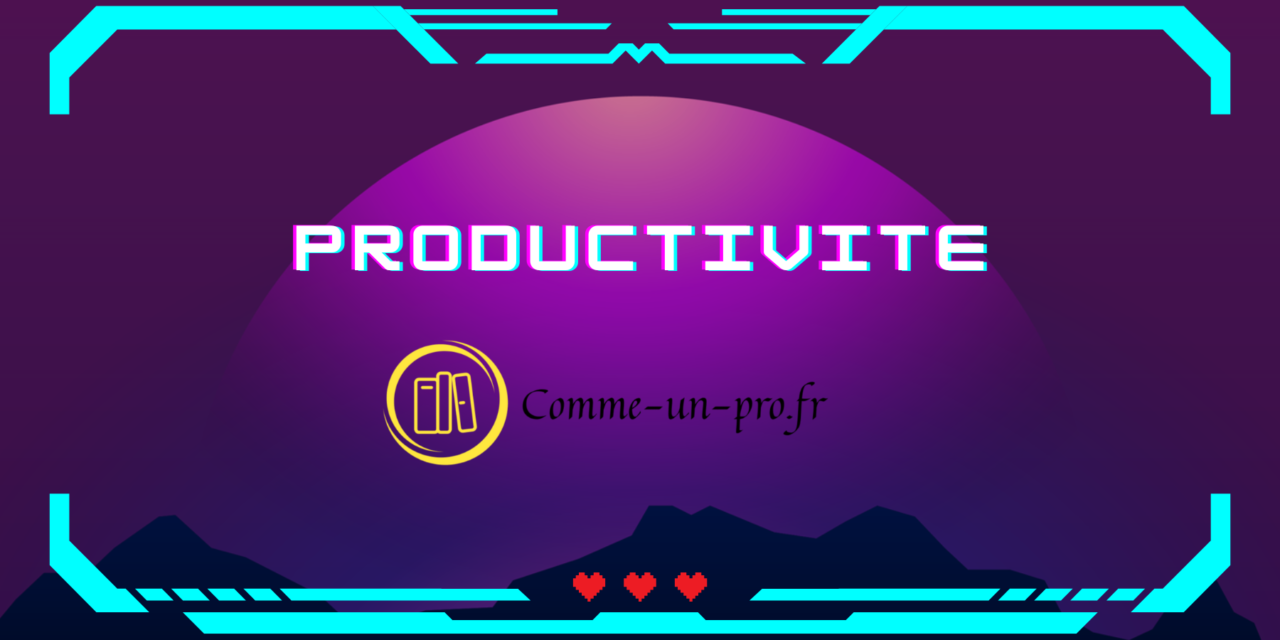Optimize your workflow with enterprise Gmail integration
Integrating Gmail in business with other productivity tools is key to maximizing your team's efficiency and streamlining internal processes. Gmail is compatible with many tools and services, such as Google Workspace and Microsoft Office productivity suites, project management apps like Trello and Asana, and communication platforms like Slack and Microsoft Teams.
By connecting Gmail with these tools, you can centralize your communications and make it easier for everyone on your team to access relevant information. It also reduces delays and improves collaboration, avoiding incessant email exchanges and problems with tracking tasks and projects.
Gmail's business integration with other productivity tools can also help you automate certain processes, such as calendar event syncing, file sharing, and task management. In addition, by centralizing your work tools, you can save time and reduce the risk of human error, particularly in terms of communication.
There are plenty of free online training courses that can help you get the most out of integrating Gmail in business with other productivity tools. Feel free to explore the resources available on e-learning platforms to familiarize yourself with the various integrations and best practices for using them effectively in your business.
The best integrations to improve your productivity with Gmail in business
There are a multitude of possible integrations with Gmail in business, and choosing the best ones for your organization can help you become more efficient and productive. Here are some of the most popular and useful integrations for your business:
First, Google Workspace is Google's productivity suite designed to work seamlessly with Gmail. It includes apps like Google Drive, Google Calendar, Google Meet, Google Sheets and Google Docs, which allow you to easily collaborate with your colleagues and organize your work.
Then there's Trello, a Kanban-based project management tool. Trello's integration with Gmail lets you easily turn emails into tasks and add them directly to your Trello project board, helping you better track important tasks.
Slack is another communication tool team that can be integrated with Gmail. Slack's integration with Gmail lets you forward important emails directly to your Slack workspace, where you can discuss them with your team and make decisions faster.
Finally, Zoom, a tool for online conference very popular, can also be integrated with Gmail. With this integration, you can schedule and join Zoom meetings directly from your Google Calendar, making it much easier to schedule and join meetings remotely.
By integrating these and other tools with Gmail for business, you can improve your team's productivity and simplify your workflow. Feel free to explore the many free trainings available online to learn more about these integrations and how to use them effectively.
How to integrate and manage productivity tools with Gmail in business
To effectively integrate and manage productivity tools with Gmail in business, it's important to follow a few key steps.
Start by assessing your needs. Before integrating new tools with Gmail, identify your specific business needs and the problems you want to solve. This will help you choose the most suitable tools for your organization.
Next, explore the available integrations. Gmail for business offers a wide range of integrations with other productivity tools, such as Google Drive, Google Calendar, Trello, and Slack. Browse through the available options and choose the ones that best suit your needs.
Be sure to train yourself in using the new built-in tools. To take full advantage of integrations, it's essential that you know how to use them effectively.
Finally, monitor and adjust your integrations based on their effectiveness. Regularly evaluate the effectiveness of productivity tool integrations in your organization and adjust them as your business needs change.
In summary, integrating Gmail in business with other productivity tools can greatly improve your organization's workflow and productivity. Take the time to assess your needs, explore the available integrations and train yourself in their use to get the most out of these tools.



